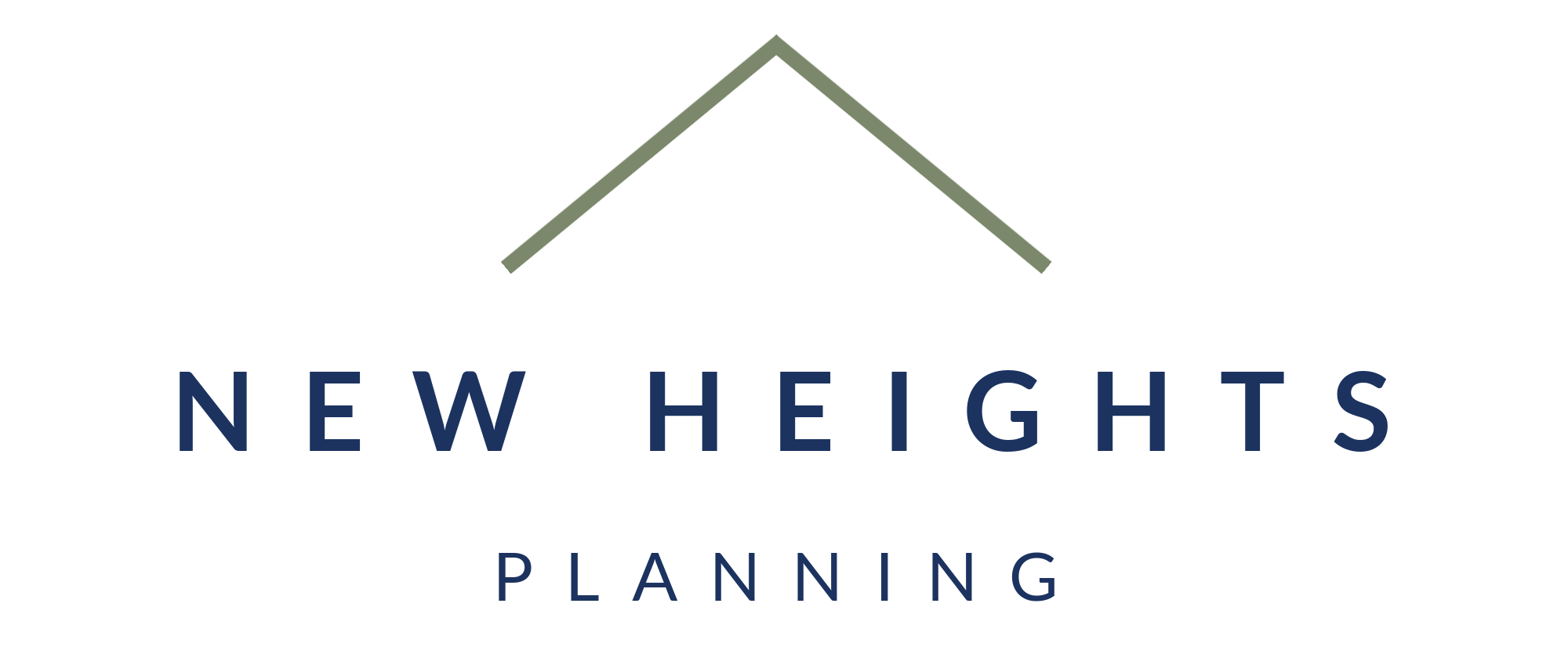Mega Back Door Roth – Part 1
After-Tax 401(k) Contributions: Mega Back Door Roth – Part 1
Stayed tuned for part 2, where I show an example of a Shell employee doing the Mega Back Door Roth in the Shell Provident Fund.
Full Transcript
I’m familiar with the pre-tax and the Roth options within my 401(k), but what’s this after-tax option all about?
This video is part one of a three-part video series I’m doing on using your after-tax dollars within your 401(k) and the Mega Back Door Roth. Now, let’s start by talking about the three different tax buckets within your 401(k).
Now, the most common tax bucket with any 401(k) is the pre-tax bucket. This is also where your company contributions go. When you put money into the pre-tax bucket, that money goes in before it is taxed, so you get a reduced income and, therefore, a tax break in the year of the contribution. Now, that money grows tax-deferred, and it is pulled out, it is then taxed when withdrawn in retirement. This is taxed at your ordinary income rate.
The next option is the Roth bucket within your 401(k). Unlike the pre-tax bucket, this money you do not get a tax break when you put it in, as it goes in after tax. The difference, however, is that it grows tax-free, and then when it is withdrawn during retirement, those withdrawals are also tax-free. Now whether the pre-tax or the Roth option is best for you really depends on if you believe that your tax rates will be higher or lower in retirement.
Now, the combined limit for 2024 is $23,000 for your pre-tax and Roth contributions.
Now, there’s a third bucket that is much lesser known, and that is the after-tax bucket. When putting money into your after-tax bucket, it does not go against the same $23,000 limit that your pre-tax and Roth buckets go against. So that is an advantage. However, it’s really important that you understand how it’s taxed, The after-tax bucket is different than the Roth bucket, even though it sounds very similar. Let’s talk about that key difference.
Now, similar to the Roth, the money goes in after tax. So, the year of your contribution, you do not get a tax break. However, when you pull that money out, it is treated differently as it grows tax-deferred, not tax-free. The money that you put in, so your contributions, you can pull back out in retirement tax-free. However, the growth on that money, when withdrawn in retirement, is taxed at ordinary income rates. So when it comes to the three buckets, this one is the least favorable in terms of the tax treatment.
However, there is a way of getting it to the Roth bucket. Stay tuned for my next video, where we talk about the conversions within your 401k.



